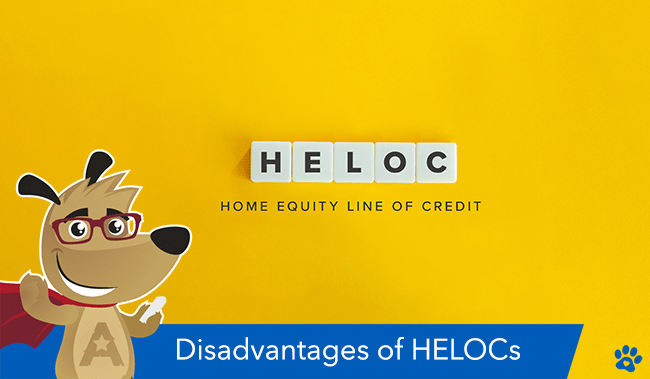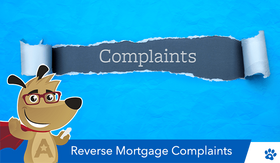6 Disadvantages of Home Equity Line of Credit (HELOC)
Updated August 2, 2025

As of the second quarter of 2023, household debt in the US reached $17.06 trillion, with Home Equity Line of Credit (HELOC) debt accounting for approximately $340 billion. One of the most common reasons homeowners secure a HELOC is that they seek to borrow money against their home without having to refinance their existing mortgage loan while remaining flexible and not having to advance all the funds immediately.
Typically, a HELOC has a variable interest rate and interest-only monthly payments during the draw period, while a home equity loan usually has a fixed rate and is subject to principal and interest payments over a specified period of time. While some of this may sound attractive to those needing an extra line of credit, a HELOC is not without its challenges.
Meet the expert
Michael G. Branson, CEO of All Reverse Mortgage, Inc. and moderator of ARLO™, has 45 years of experience in the mortgage banking industry. He has devoted the past 20 years to reverse mortgages exclusively.
1. Variable interest rates are difficult to manage on traditional loans and HELOCs
Any time you have a mandatory mortgage payment due every month, an increase in your interest rate will lead to you having to make a larger monthly mortgage payment. Significant rate increases could lead to a new minimum payment that creates financial hardship and may result in foreclosure.
» NEW Discover a New Type of HELOC designed for Seniors
2. Payments at the end of the draw period are steep
The minimum monthly payment on a HELOC during the "draw period" is interest only. The draw period is the predetermined time during which the line of credit is open-ended, and funds are available to be advanced by the borrower. Once the draw period ends, the HELOC loan will transition from an interest-only payment to either a principal and interest payment, where the borrower will begin repaying the loan over a predetermined period, or the loan will result in a balloon payment. If your loan has a balloon payment, the entire balance becomes due at the end of the draw period. Either option can lead to hardship if the borrower has not taken the necessary steps to repay the loan by the end of the draw period. Failure to make the new principal and interest payments or the balloon payment will result in foreclosure.
3. Your loan must be paid off before additional refinancing
You should always read the fine print when considering a HELOC. Many HELOCs come with an annual fee to have the loan in place, and some even have penalties for closing the loan before a specified period of time.
» Want to refinance your HELOC? See the benefits of refinancing it into a HECM
4. Reduced net worth and increased expenses
Any time you increase the amount you owe against your home, you are reducing your total net worth, as home equity is a factor in calculating an individual's net worth. This is something to consider if your business qualifications rely on net worth. Additionally, the mandatory monthly payment on the HELOC becomes a part of your monthly budget and will only increase as the outstanding balance on the line increases. Additionally, if the HELOC is not subject to a balloon payment and resets to a principal and interest payment, the mandatory monthly payment will increase substantially, which could cause the monthly expenses to become unmanageable and possibly lead to foreclosure.
5. Greater flexibility leads to increased risk
Although a HELOC provides homeowners with a lot of flexibility to spend the money as they wish, they must be mindful of how they spend the available funds. A lender or bank may approve a borrower for a HELOC in an amount that exceeds what is ultimately needed. A HELOC can be a great tool if used prudently, and funds are spent on necessary items or home improvement rather than leisure and entertainment.
6. Your line of credit is not guaranteed
The lender or bank can freeze your access to the line of credit or eliminate the available funds at their sole discretion. If the housing market is in a destructive cycle and property values are down, the lender or bank can temporarily or permanently cut off access to your line of credit, creating a significant hardship if you are counting on access to those funds.
Consider alternative financing options
Before securing a HELOC, it is advisable to explore a full cash-out refinance of one's existing first mortgage. A new first mortgage can be obtained with a fixed interest rate, whereas a HELOC cannot. With a cash-out refinance of your existing first mortgage, you can safely calculate and know your new monthly payment, eliminating the surprises associated with a HELOC.
Additionally, for those age 62 or older, a regular reverse mortgage may be the best long-term solution. While the loan would be more expensive to establish, the line of credit would be guaranteed, and the unused funds would grow in availability.
» Learn more: See our HELOC vs reverse mortgage comparison







